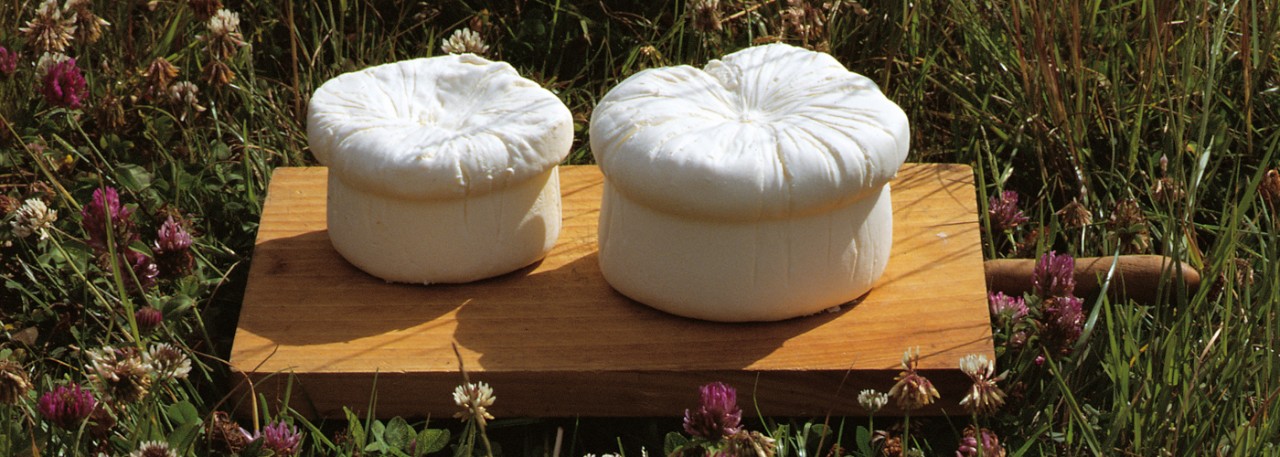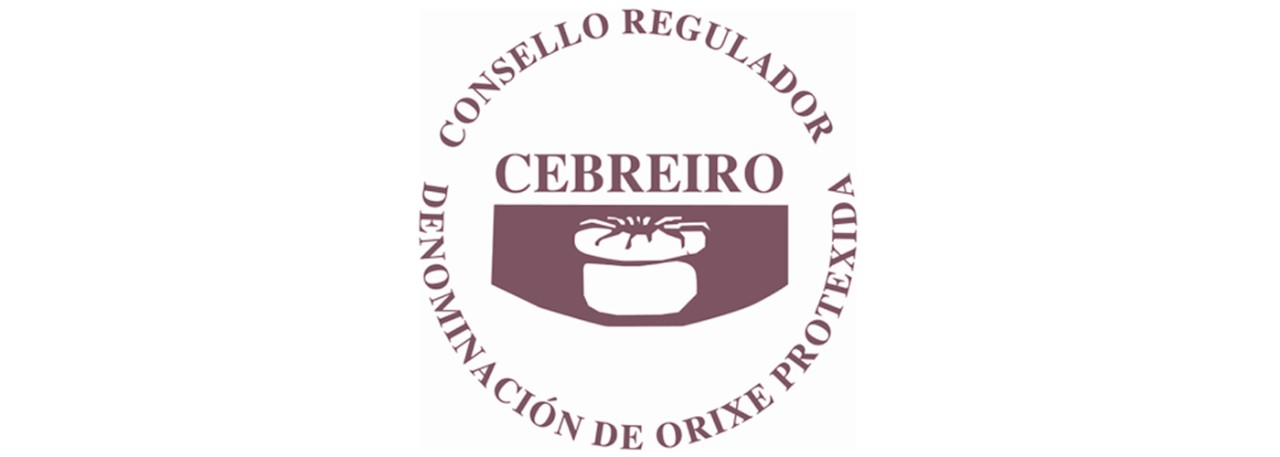.png.transform/rendition-xs/image_image%20(1).png)
Cebreiro PDO
Unripened or ripe cheese, made from cows’ milk from the Rubia Gallega, Alpine Brown and Friesian breeds reared locally.
Tasting notes
The unripened cheese does not have a distinctive rind. The paste is white, grainy, soft, rather like clay to the touch, creamy, and melts in the mouth. The flavor and aroma are slightly sharp, similar to those of the milk the cheese is made from. The cured cheese has a light rind, and the paste, from yellow to bright yellow, is sometimes hard and always more firm than buttery. The flavor is slightly piquant and lactic, with a characteristic aroma.
Other notes
The cheese has the shape of a thick-based mushroom or a chef's hat and has two parts – the cylindrical base of varying diameter and no higher than 12 cm / 4¾ in, and the top which is 1 - 2 cm / ½-7/8 in larger in diameter and never higher than 3 cm / 1¼ in. Weight is 0.3 - 2 kg / 10 oz - 4 lb 7 oz.
The analytical content is:
- Moisture: varies depending on ripeness, but below 50%.
- Fat: minimum 45% and maximum 60% of dry matter.
- Protein: over 30%.
Production / Processing method
The following processes are involved in making the cheese:
Coagulation: The milk is soured at 26-30ºC / 78-86ºF using animal rennet or other starters authorized in the Quality Manual in the right dose to ensure the process takes no less than 60 minutes.
Cutting: The curds are cut to obtain cubes 10-20 mm / ½ - 7/8 inch in diameter.
Draining: They are first drained in the vat, then transferred to cloth bags and hung for 5-10 hours.
Working and salting: After draining, the curds are worked to give a uniform paste with a clay-like texture, and sodium chloride is added.
Molding and pressing: The paste is packed into molds and pressed for different lengths of time depending on the pressure applied and the size of the cheeses. They are then turned out and chilled at 2-6ºC / 35-42ªF for a minimum of 1 hour. They are then ready to be sold as fresh cheeses.
Cheeses that are to be ripened are transferred to storage chambers with a relative humidity of 70-80% and a temperature of 10-15º / 50-59ºF, for a minimum of 45 days.
Geography / Relief and climate
The production area has a mountainous, oceanic climate. It is very much influenced by its closeness to the sea and by the marked continental characteristics, which seriously limit farming activities. Much of the territory is at an altitude of over 1,000 m / 3,280 ft, with very cold temperatures, even for Galicia, with a frost-free period of less than five months.
The hostile environmental conditions (climate, soil and relief) make cattle-farming more appropriate for the local economy than cultivation. The positive factors are good natural pastures (though limited in size), the possibility of using mountain slopes and the fact that the cattle have adapted to the harsh climate.
Regulatory Council
Consejo Regulador de la DOP Cebreiro
Avda. de Castilla, nº 18- Bajo
27670 Pedrafita do Cebreiro (Lugo)
Galicia
Tel: (+34) 982 367 012
info@cebreiro.es
www.cebreiro.es
Sources:
- Spanish Ministry of Agriculture
- Regulatory Council, Cebreiro PDO
The cheese has the shape of a thick-based mushroom or a chef's hat.


- Cebreiro 1
- Cebreiro 2

Pedrafita do Cebreiro - Lugo (Galicia)
